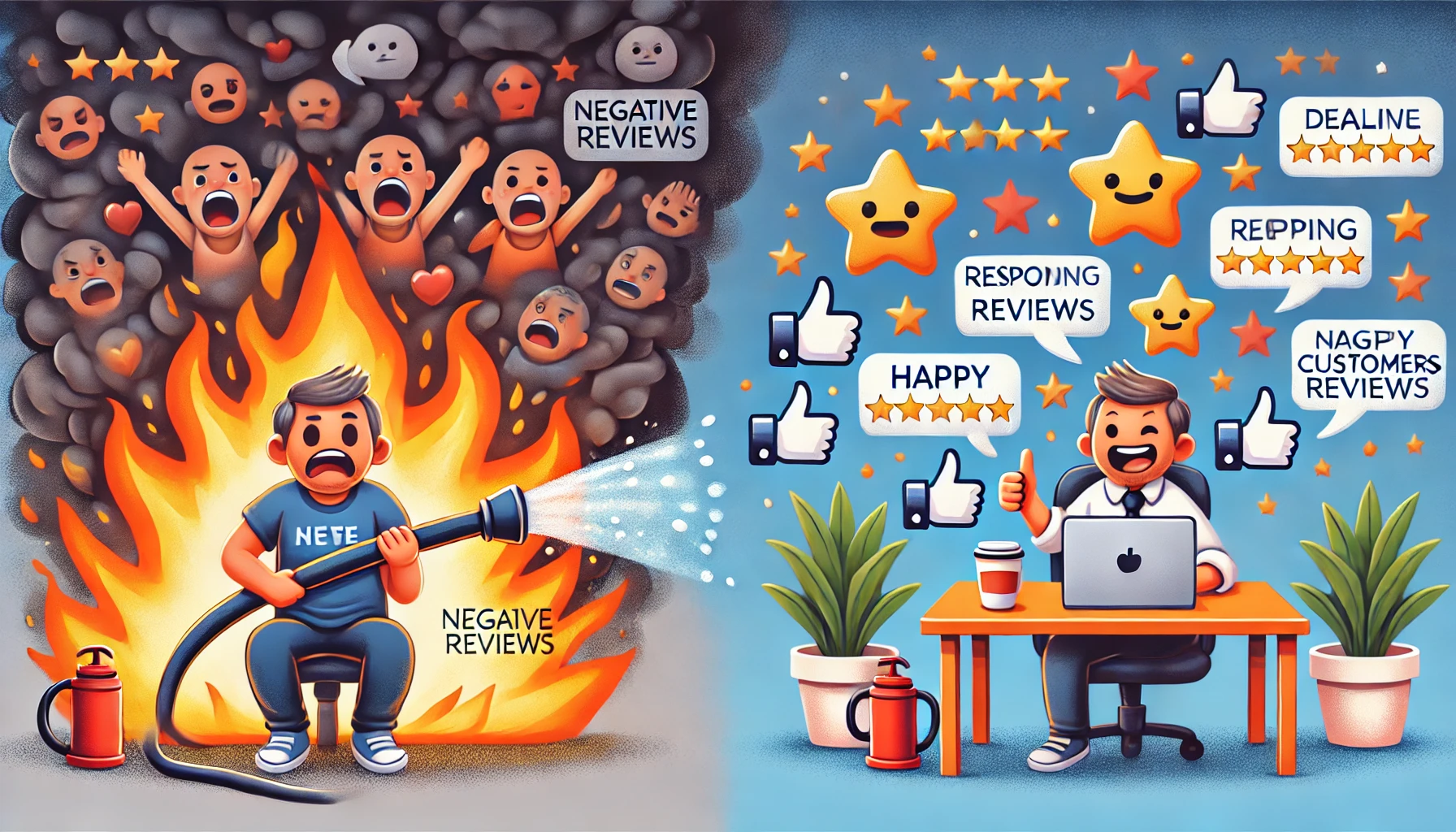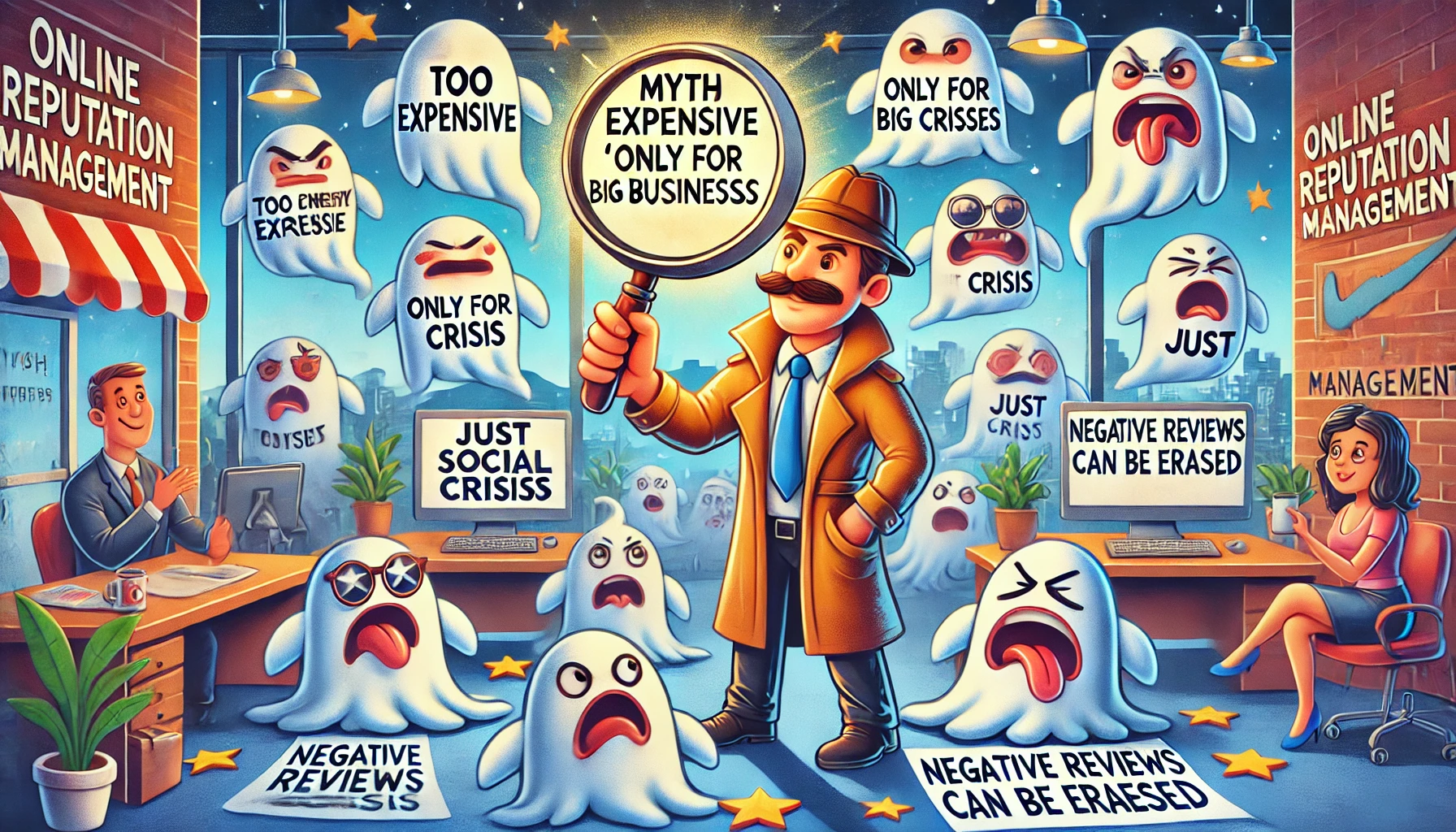Understanding survey response rate: Boosting participation and insights

Maximizing survey response rates for actionable insights
In today’s data-driven business environment, understanding and optimizing survey response rates are essential for gathering accurate customer insights. While typical response rates range from 5% to 30%, exceptional surveys achieve over 50%.
However, high rates alone don’t ensure quality responses. Several factors, such as survey design and participant engagement, significantly influence these metrics.
Key metrics: Understanding response and completion rates
A high response rate reflects the percentage of participants who begin your survey, whereas the completion rate focuses on those who finish it. The difference between these two can highlight issues in survey design or content that may cause respondents to drop out.
To calculate the response rate, use the formula: Response Rate=(Number of Completed SurveysNumber of Invitations Sent−Bounced Invitations)×100\text{Response Rate} = \left( \frac{\text{Number of Completed Surveys}}{\text{Number of Invitations Sent} – \text{Bounced Invitations}} \right) \times 100Response Rate=(Number of Invitations Sent−Bounced InvitationsNumber of Completed Surveys)×100 For instance, if 190 out of 950 effective invitations are completed, the response rate is 20%.
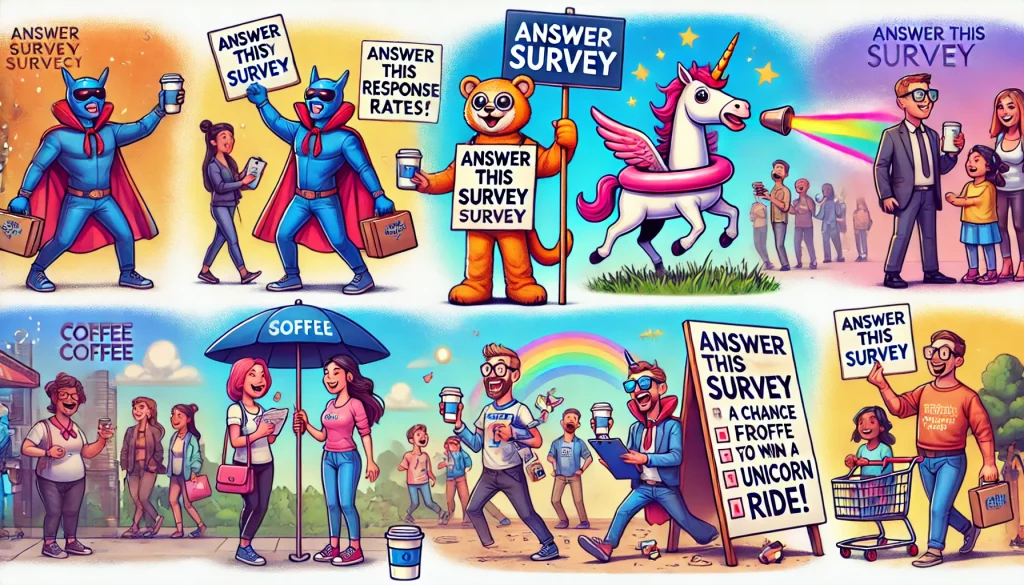
Strategies to boost engagement
Incentives: A study from the Incentive Research Foundation in 2021 showed that incentive-based surveys see a 50% higher response rate.
Targeting: Harvard Business Review highlights the importance of targeting surveys to recent and active users to boost relevance and response rates.
Survey Design: The Pew Research Center notes that surveys under 5 minutes achieve completion rates of nearly 85%.
Personalization: Personalized surveys can increase response rates by up to 30%, according to SurveyMonkey.
Distribution: Multi-channel distribution, including SMS and email, caters to preferences, potentially doubling response effectiveness.
Timing: Timing surveys post-interaction increases relevance and response likelihood, with immediate surveys achieving up to 40% higher response rates.
Mobile Optimization: With over 50% of surveys now accessed on mobile devices, responsive design is essential.
Follow-ups: Reminder emails can increase response rates by 20-25%, per insights from Campaign Monitor.
Impact of high response rates
Higher response rates mitigate non-response bias, ensuring data represents the entire customer base. This broad representation enhances the reliability and validity of the data, supporting confident decision-making and trend analysis.
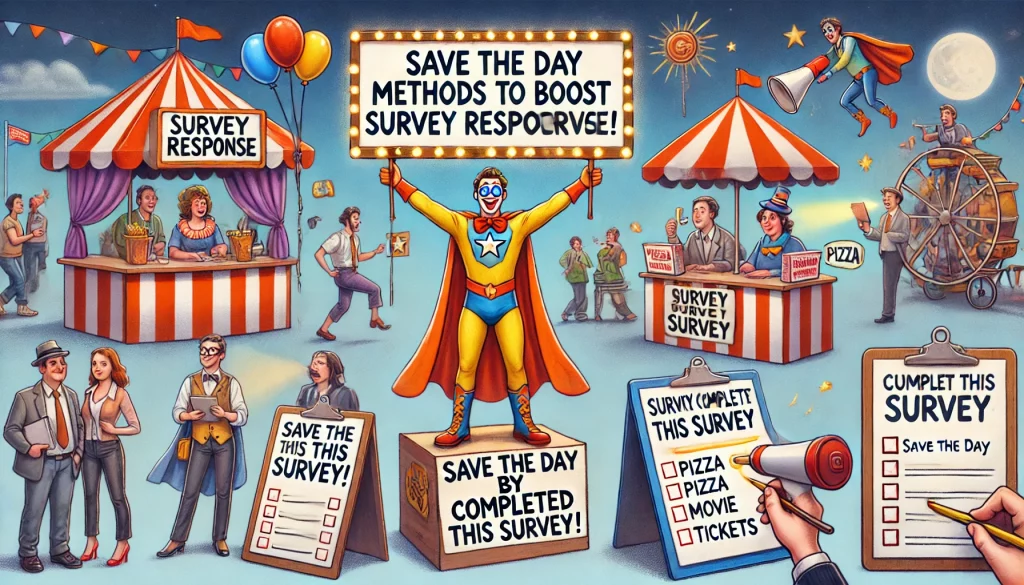
Sector-specific insights
B2B vs B2C: B2B surveys typically have lower response rates due to the complex decision-making processes.
Healthcare: Patient engagement often leads to higher response rates in healthcare, though privacy concerns remain significant.
Retail: Effective timing and relevance are crucial in the retail sector to avoid survey fatigue.
Technology: Leveraging technology in survey methods can appeal to a tech-savvy audience, potentially increasing engagement.
Financial Services: Emphasizing security in surveys can help overcome privacy concerns, essential for higher response rates.
Education: Tailoring surveys to academic calendars and specific educational segments can optimize responses.
Hospitality: Immediate post-experience surveys can capture timely and relevant customer feedback effectively.
Analyzing results for strategic insights
Using statistical tools to analyze survey data helps identify trends and correlations. This analysis is vital for transforming survey data into actionable strategic decisions.
Enhancing survey response rates involves meticulous design, strategic timing, and effective communication. By addressing these areas, businesses can significantly improve the quality and reliability of the insights gathered, enabling better-informed business decisions.
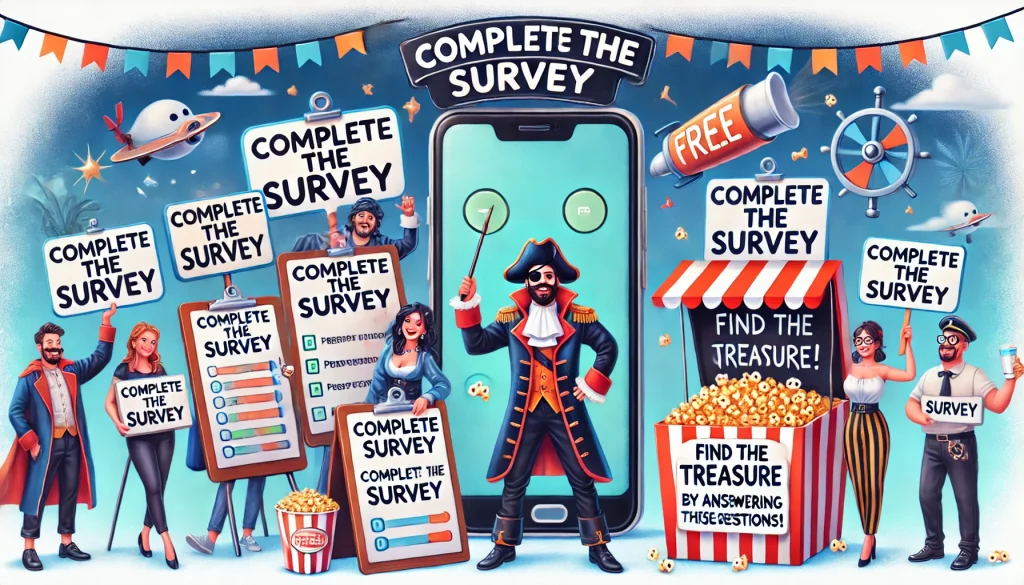
Expert Opinions on survey response rate
Dr. Emily Thompson, Market Research Analyst at Insightful Data “Understanding survey response rates is crucial for the validity of any research. A low response rate can lead to significant biases, affecting the reliability of the results. At Insightful Data, we’ve observed that personalizing survey invitations and ensuring anonymity can significantly improve response rates. For instance, we recently conducted a survey where personalized emails boosted our response rate by 15%, highlighting the importance of making participants feel valued and secure.”
John Peterson, Chief Data Scientist at DataNexus “The response rate is a key indicator of the quality of survey data. In my experience, a higher response rate often correlates with more accurate and generalizable findings. One of the most effective strategies we’ve employed at DataNexus is the use of incentives. Offering small rewards, like gift cards or entry into a prize draw, can increase response rates by up to 25%. This approach not only motivates participation but also demonstrates appreciation for respondents’ time.”
Sarah Williams, Director of Research at Survey Masters “At Survey Masters, we view the survey response rate as a measure of engagement and interest. A higher response rate suggests that the survey topic resonates with the audience. We’ve found that sending follow-up reminders is particularly effective. In a recent project, we increased our response rate by 30% by sending three follow-up emails. Timing also plays a role; our data shows that mid-week reminders are more successful than those sent on weekends.”

 4 min
4 min 
